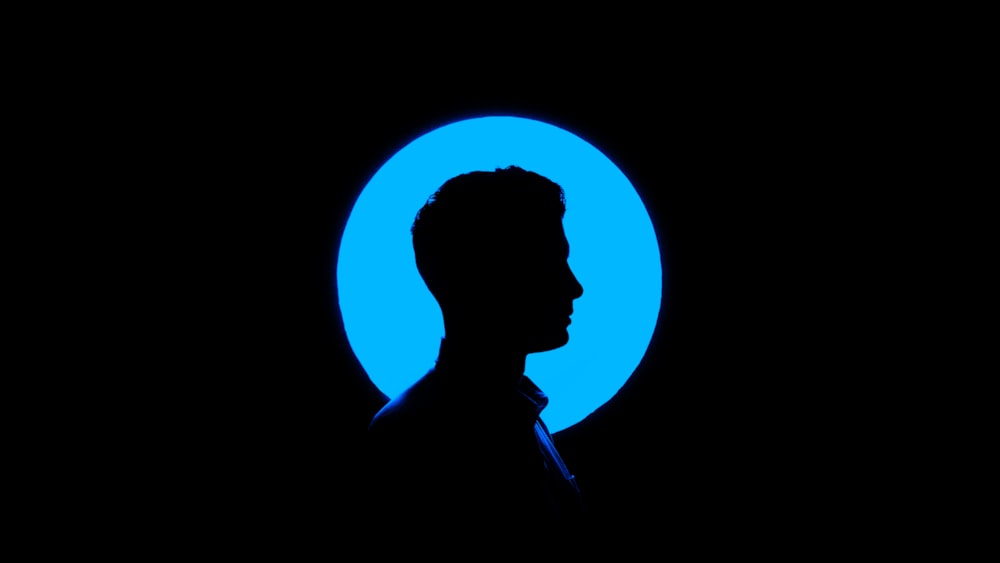On Thursday, November 5, I will be one of four authors participating in the Local
Authors Fair Panel through Woodneath Library Center, Kansas City, MO. You can attend virtual
panel through this link.
Below are a few of the questions I may be asked and my rough
draft answers.
What inspired you to
write this piece?
The Secret Club is
the sequel to my earlier novel, The Power
Club. Both are set in a world in which some kids develop super-powers. My
main character, Damon, joined a group called the Power Club in the first book.
Damon has the ability to create darkness. In the Power Club, he becomes friends with Kyle (who teleports),
Denise (who sees the future), her brother, Vee (who has super-speed), Ali (who
flies), and Danner (who grows to giant sizes). Initially, they just hang out
and have fun testing their powers. But after Damon and the others spontaneously stop a riot, he realizes they can use their powers for good .
. . they can make a difference for ordinary people—“ords”—who fear kids with
powers.
But in The Secret Club,
everything has changed. The old Power Club is no more, and Damon enters a new
school where he has to make new friends. Two of his old Power Club buds, Danner
and Ali, have started a new club without him. And, on top of that, Damon’s old
enemy, Calvin, returns.
Calvin has the ability to open rifts in space and send
people he doesn’t like into other dimensions. Sometimes he forgets to bring
them back. Because of this power, he has been separated from other kids and
he’s jealous of Damon and his ability to make friends. When the Power Club rescued Damon from one of Calvin’s other dimensions in The Power Club, Calvin was forced to flee. Now he returns in the
company of the others who work for a super-powered terrorist called,
ironically, The Liberator. These terrorists want to start a war with ords, and
only Damon can stop them—if he can form a new club in time.
What inspired all this? When I was a kid growing up in St.
Joseph, MO, my friends and I immersed ourselves in comic books. We imagined
ourselves to be Superman, Hawkman, Green Lantern, The Atom, The Flash . . . my
friends gradually outgrew this obsession; I never did.
What is your writing
process like?
My writing process changes for every project. I love to
experiment. A project such as The Power
Club usually begins with a burning desire to say something, an idea that
has to be expressed, or an idea I can’t let go. I think all writers feel this
way to an extent . . . something in the world isn’t the way it should be, and
we try, with our words, to make it right. We feel we have something to say, and
we know words have power. We hope our words have the right kind of power to
make positive change.
The next step, for me, is to decide who my
characters are, what they want, and who or what is stopping them from getting
it. You have to spend some time fleshing out your characters. I write extensive
character biographies. I want to know everything about my characters—their birthdays, their hobbies, how they get along with their families
. . . if I do all this, I usually find the plot takes care of itself.
Then it’s a matter of applying seat to chair and writing.
You have to actually do the writing. Not think about writing. Not talk about
writing. Write. Some writers keep a daily schedule. If you work a full-time job
or go to school, you work in writing when you can, but you have to write
something every day and don’t stop until you finish.
How has your writing
process changed during these new times?
I’ve been on hiatus from writing for some time. I finished working on a graphic novel earlier this year, though there are still a few touch-ups on which I’m currently working with an artist. I'm also exploring options for publishing it.
Another thing that has changed is that I’m exploring different forms of writing. I’m writing poetry and dabbling in flash fiction. Some of my poems and also essays can be viewed here.
Do you have any writing tips?
Study the craft of writing. A lot of people think they can
be writers just by coming up with ideas for stories. Bad news: Anybody can come
up with ideas for stories. A writer is someone who actually sits down and does
the work. But you also have to understand things like plotting, character
development, theme, subtext, and world building. Study the masters. Figure out
who inspires you and learn from them.
But also study other things—nature, mythology, history,
science, politics. These things will help you fill out the world of your story
and your characters’ lives. They also give you more ideas. There’s no sense in
being the best writer in the world if you have nothing to write about.
. . . Those are my preliminary answers. Will I give the same
ones or different/better ones? What other questions might be asked? Tune in on Thursday to find out.



![The Secret Club (The Power Club Book 2) by [Gildersleeve, Greg]](https://images-na.ssl-images-amazon.com/images/I/51iiih16SNL.jpg)



